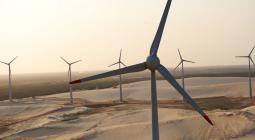Reporting on the State of the Climate in 2018.
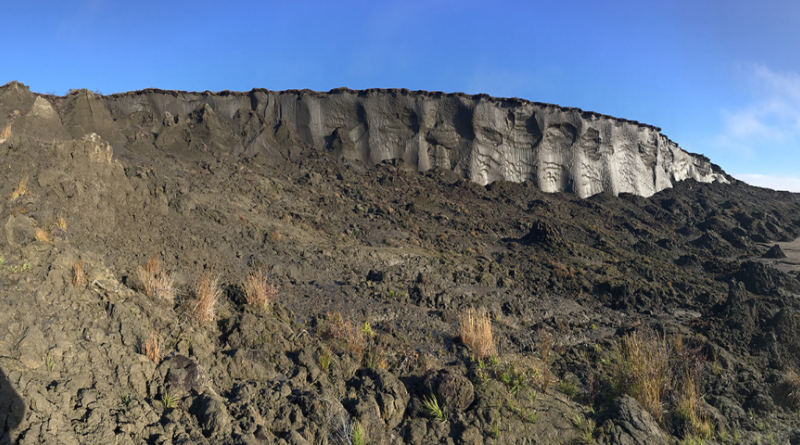
International authoritative climate report states 2018 was the fourth warmest year on record.
A new State of the Climate report confirmed that 2018 was the fourth warmest year in records dating to the mid-1800s.
Last year was the fourth warmest year on record despite La Niña conditions early in the year and the lack of a short-term warming El Niño influence until late in the year. The report found that the major indicators of climate change continued to reflect trends consistent with a warming planet. Several markers such as sea level and greenhouse gas concentrations in the atmosphere once again broke records set just one year prior.
These key findings and others are available from the State of the Climate in 2018 report released online today by the American Meteorological Society (AMS).
The 29th annual issuance of the report, led by NOAA National Centers for Environmental Information, is based on contributions from more than 470 scientists from nearly 60 countries around the world and reflects tens of thousands of measurements from multiple independent datasets (highlights, full report). It provides a detailed update on global climate indicators, notable weather events, and other data collected by environmental monitoring stations and instruments located on land, water, ice, and in space.
The report’s climate indicators show patterns, changes, and trends of the global climate system. Examples of these indicators include various types of greenhouse gases; temperatures throughout the atmosphere and ocean, and over land; cloud cover; sea level; ocean salinity; sea ice extent; and snow cover.
State of the Climate Report Highlights
Report highlights include these indications of a warming planet:
-
Greenhouse gases were highest on record. The major greenhouse gas concentrations, including carbon dioxide (CO2), methane, and nitrous oxide, rose to new record high values during 2018. The global annual average atmospheric CO2 concentration was 407.4 parts per million (ppm). This was 2.4 ppm greater than 2017 amounts and was the highest in the modern 60-year measurement record and in ice core records dating back as far as 800,000 years.

-
Global surface temperature was near-record high. The globally averaged surface temperature was 0.30°C to 0.40°C above the 1981–2010 average, depending upon the dataset used. This places 2018 as having the fourth warmest annual global temperature since records began in the mid- to late 1800s. The four warmest years on record have all occurred since 2015. There were also more high, and fewer low, temperature extremes than in nearly the entire 68-year extremes record.
-
Global lower tropospheric temperature was well above average. In the region of the atmosphere just above Earth’s surface, the globally averaged lower troposphere temperature was approximately third to seventh highest on record, depending on the dataset used.
-
Sea surface temperature was near-record high. The globally averaged sea surface temperature (SST) cooled slightly since the record El Niño year of 2016 but was still far above the 1981–2010 mean by 0.33° +/− 0.05°C in 2018. The deeper ocean continues to warm year after year.
-
The hydrological cycle over the ocean is increasing. Sea surface salinity patterns reinforce recent evidence that dry regions are becoming drier and saltier, and wet regions rainier and fresher. The top 2,000 feet (600 meters) of the Atlantic has steadily become saltier since 2005.
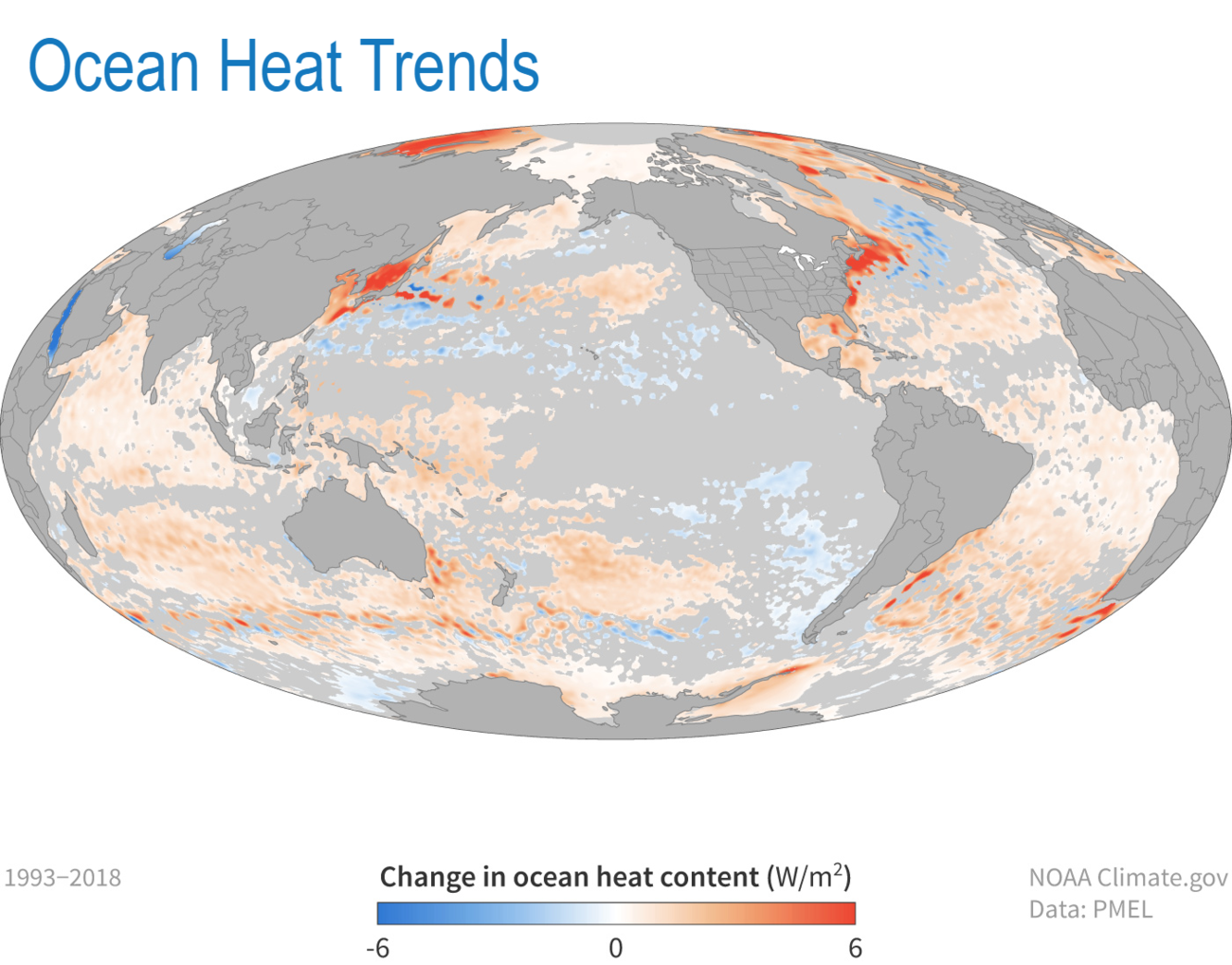
-
Global upper ocean heat content was record high. Globally, upper ocean heat content reached record highs in 2018, despite sea surface temperature cooling slightly since 2016, according to five of the six datasets analyzed. This record heat reflects the continuing accumulation of thermal energy in the top 2,300 feet (700 meters) of the ocean. Oceans absorb more than 90% of Earth’s excess heat from global warming.
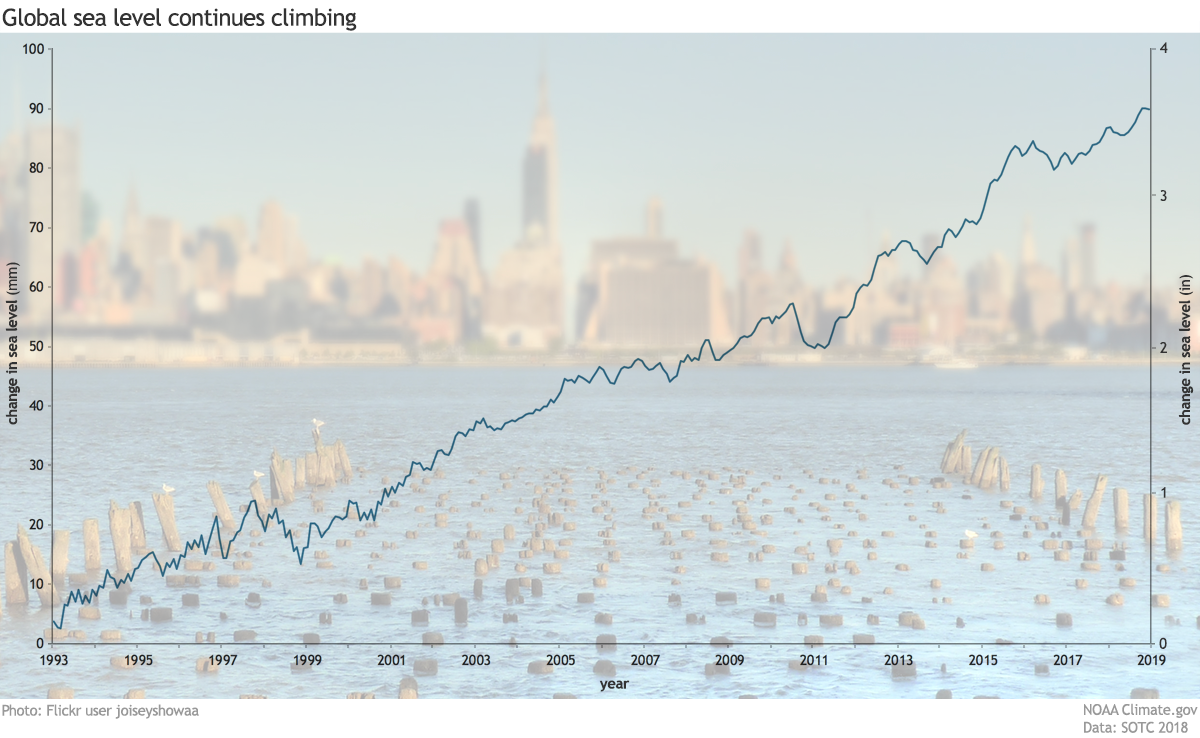
-
Global sea level was highest on record. For the seventh consecutive year, global average sea level rose to a new record high in 2018 and was about 3.2 inches (8.1 cm) higher than the 1993 average, the year that marks the beginning of the satellite altimeter record. Global sea level is rising at an average rate of 1.2 inches (3.1 cm) per decade.
-
Global fire activity was lowest on record. Globally, the levels of fire activity during 2018 were the lowest since the start of the record in 1997, with a combined burned area of about 1.2 billion acres (500 million hectares). The low fire year is consistent with the long-term downward trend in fire emissions, which has been driven primarily by the conversion of frequently burning savannas to agricultural areas. Regionally, South America and the Northern Hemisphere of Africa each experienced their lowest annual fire activities, while North America and Australia had fire emissions that were higher than normal.
The report also documents key regional climate and climate-related events.
-
The Arctic continued to warm; maximum sea ice extent was near-record low. The annual mean surface air temperature for the Arctic was the third highest since 1900, trailing only 2016 and 2017, at 2.2°F (1.2°C) above the 1981–2010 average. Sea ice extent continued to see low levels. On March 17, 2018, the 2018 maximum extent of Arctic sea ice measured by satellite was the second lowest in the 38-year period of record, behind only 2017. First-year ice now dominates the ice cover and composed ~77% of the March 2018 ice pack compared to about 55% during the 1980s. Because thinner, younger ice is more vulnerable to melting out in summer, this shift in sea ice age has contributed to the decreasing trend in minimum ice extent. The September 2018 sea ice minimum tied as the sixth lowest on record. Sea ice extent in September across the Arctic Ocean is now declining at a rate of −12.8% per decade. Over land, Arctic snow cover extent during June was almost half of what it was 35 years ago, a loss rate close to the decline of the September sea ice extent.
-
Antarctic was warmer than average and sees near-record low sea ice extent. In the Antarctic, 2018 was warmer than average for the continent as a whole. On the highest points of the Antarctic Plateau, the automatic weather station, named Relay, broke or tied six monthly high temperature records throughout the year, with the August record broken by nearly 14°F (8°C). Summer sea ice extent was the second lowest on record and was below the 1981–2010 average since mid-September 2016. Throughout 2018, 28 days of record low daily sea ice extent were observed, including 17 in December alone. The monthly mean sea ice area for December (2.1 million square miles; 5.5 million square km) was the lowest for that month in the 41-year satellite record.
-
Tropical cyclones were well above average overall. There were 95 named tropical cyclones across all ocean basins in 2018, well above the 1981–2010 average of 82. Eleven tropical cyclones reached the Saffir–Simpson scale Category 5 intensity level. This was only one less than the record of 12 Category 5 tropical cyclones in 1997.
-
Glaciers melted around the world. Preliminary data indicate that the world’s most closely tracked glaciers lost mass for the 30th consecutive year. Since 1980, the cumulative loss is the equivalent of slicing 79 feet (24 meters) off the top of the average glacier.
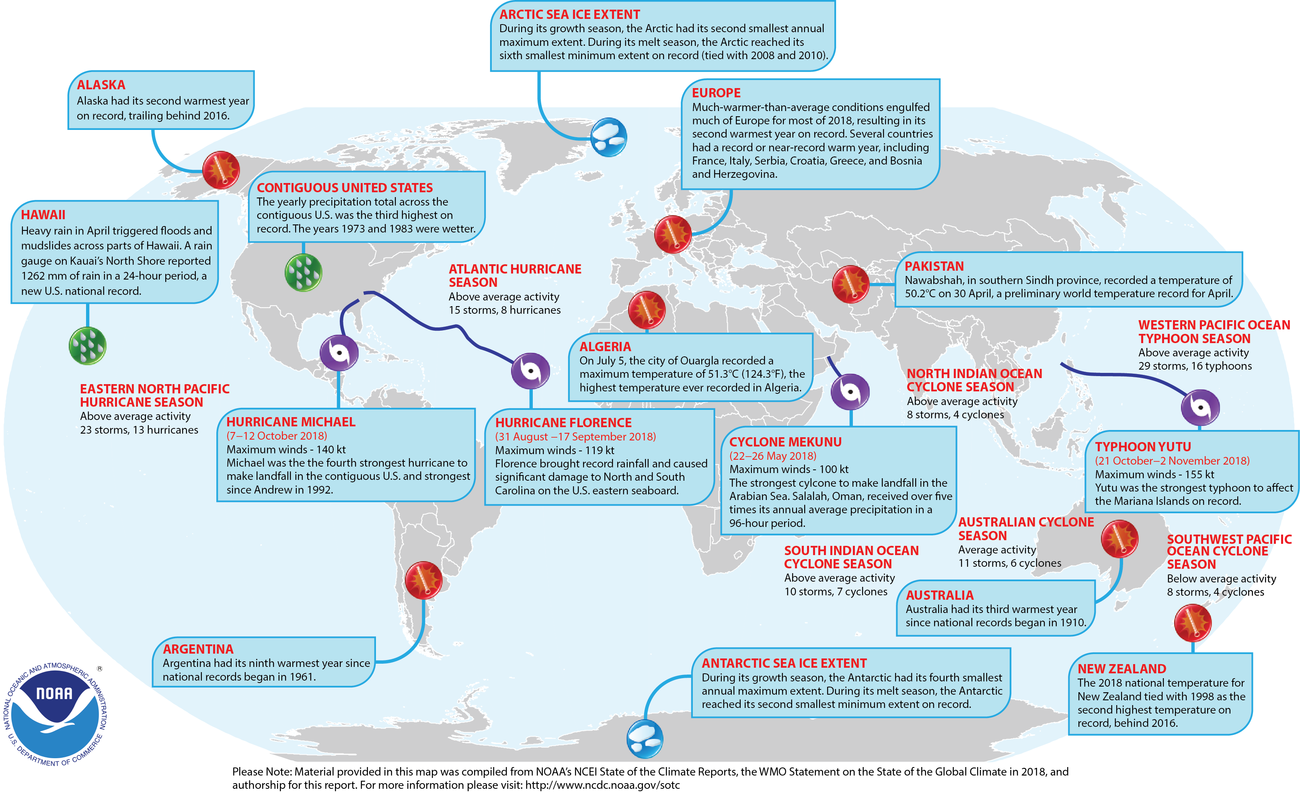
Geographical Regional Highlights
Additional geographical regional highlights include:
-
North America
-
Mexico reported its third warmest year in its 48-year record, and Alaska reported its second warmest in its 94-year record.
-
On April 14–15, 2018, 1,262 mm of rain was recorded at Waipā Gardens (Kauai), Hawaii, setting a new U.S. record for 24-hour precipitation.
-
There were 14 weather and climate events during the year that each caused over $1 billion (U.S. dollars) in damages—the fourth highest in terms of cost since records began in 1980.
-
-
Central America and the Caribbean
-
Jamaica observed its highest annual average maximum temperature since records began in 1971, while the Bahamas reported its fifth highest annual average maximum temperature. Conversely, the annual average maximum temperature for Barbados was its third lowest.
-
Coral reef bleaching associated with above-average sea surface temperatures, occurred across much of the Caribbean during July–September.
-
-
South America
-
A record seven extreme snowfall events occurred in the central and southern Peruvian Andes during the austral winter of 2018. These storms contributed to the wettest winter for the region in its 19-year record.
-
In northeastern Brazil, dry conditions observed since 2012 persisted through 2018, but with less intensity. In southeastern Brazil, São Paulo experienced its driest austral summer since 2003. The extreme dry conditions led to wildfires that affected crop fields and protected areas.
-
-
Africa
-
South Africa and the nearby Indian Ocean island nations of Mauritius, Réunion, and Mayotte all observed one of their four warmest years on record. Madagascar recorded its all-time maximum temperature of 40.5°C in Morondava on March 16, 2018. On July 5, 2018, the temperature reached 51.3°C at Ouargla, Algeria, a new national record for the country.
-
Annual precipitation was above normal in northern Madagascar and the Mascarene Islands; Rodrigues and Réunion each reported their third wettest year on record. In early January, Tropical Cyclone Ava contributed to heavy rainfall and flooding in Mauritius, including a 24-hour rainfall total of 311 mm.
-
-
Europe
-
Europe was one of the hotspots for the globe in 2018. The continent observed its second warmest year since at least 1950, behind only 2014. Several countries, including France, Italy, Serbia, Croatia, Greece, and Bosnia and Herzegovina, reported record high annual temperatures.
-
Much of northern and central Europe experienced a dry year with precipitation totals 60%– 80% of normal, and even below 40% in Latvia and Estonia, contributing to a drought that lasted much of the year. The Netherlands reported one of its driest summers since records began in 1906, with July its driest month ever observed. Ireland also reported its driest summer since its records began in 1962, with June and July each record dry. The extreme heat and severe drought across Europe had far reaching impacts on water supply, forests, and crops, leading to major economic losses in many countries.
-
-
Asia
-
Annual mean surface air temperatures during 2018 were above normal across most of Asia. Turkey observed its second warmest year, after 2010, with records dating to 1967. In India, the average temperature during the pre-monsoon season (March–May) was the highest on record. In neighboring Pakistan, the city of Nawabshah recorded its all-time highest temperature of 50.2°C, which may also be a new world temperature record for April.
-
South Korea experienced a record hot summer. The highest temperature ever recorded in South Korea was set on August 1, 2018: 41.0°C in Hongcheon. In mid-July, an all-time national record high temperature of 41.1°C was set at Kumagaya, Saitama Prefecture, Japan.
-
-
Oceania
-
Nearly all the islands of Micronesia experienced impacts from various tropical cyclones during the year. Typhoon Jelawat brought over 500 mm of rainfall in two days to parts of Pohnpei Island. Typhoon Mangkhut passed over Rota in the Commonwealth of the Northern Mariana Islands (CNMI) and northern Guam in September, and Super Typhoon Yutu passed over Tinian and Saipan in the CNMI in October, each causing catastrophic damages.
-
The annual temperature for New Zealand tied with 1998 as the second highest since records began in 1909, behind only 2016. January 2018 marked New Zealand’s single warmest month on record.
-
Warmth was widespread and persistent across Australia, with the country experiencing its third warmest year since records began in 1910. Australia also saw a rapid intensification and expansion of drought conditions, with significant fires in March on the south coast of New South Wales and across southwest Victoria.
-
The State of the Climate in 2018 is the 29th edition in a peer-reviewed series published annually as a special supplement to the Bulletin of the American Meteorological Society. The journal makes the full report openly available online.
12 August 2019
NOAA



